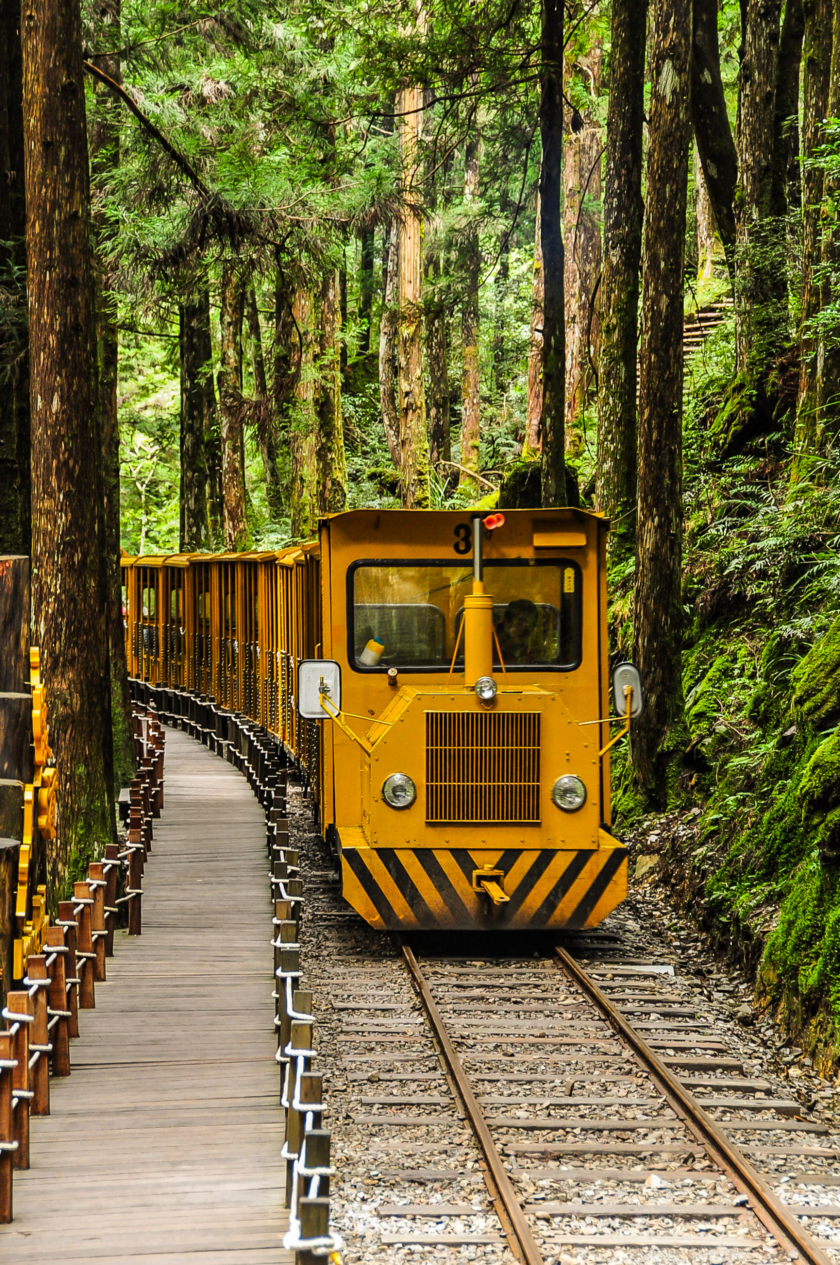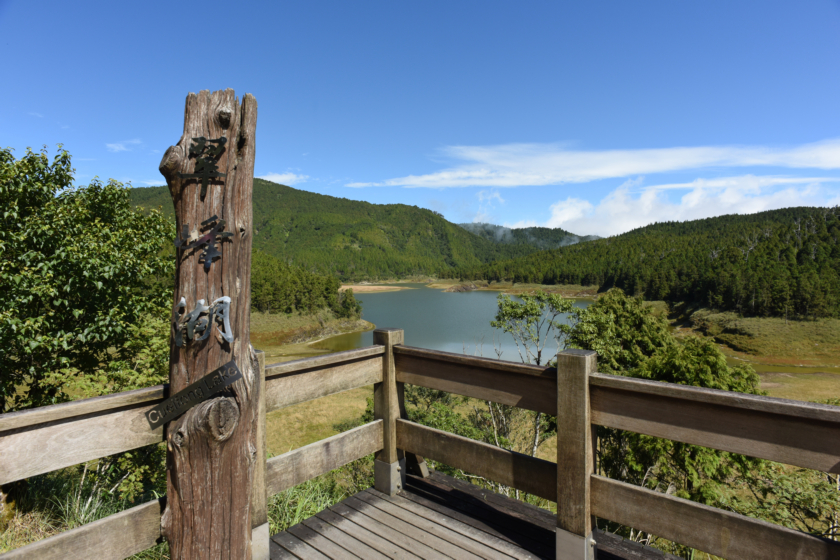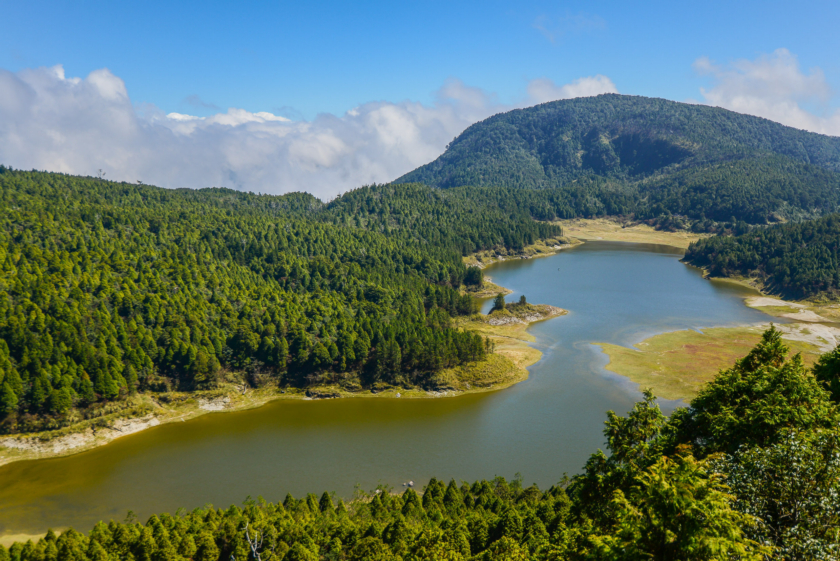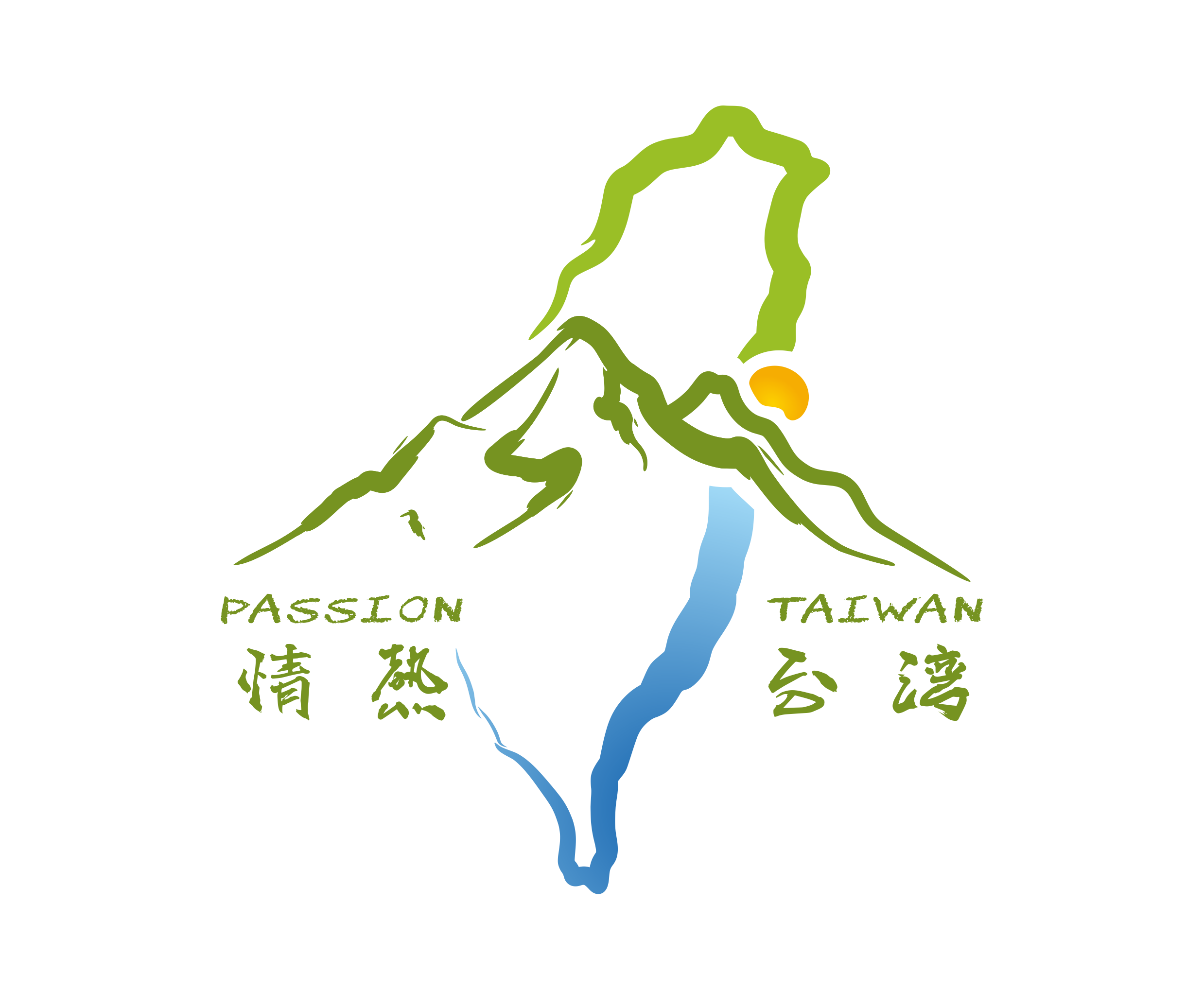Yilan, nestled between the Central Mountain Range and the Snow Mountain, seems to spread its arms welcoming the seasonal winds. Along the Lanyang River valley, it ascends directly to Taipingshan, nurturing the trees and enriching the land, creating misty mountain forests and fostering a prosperous forestry industry that shines in Luodong.
The forested mountains first appeared in 1906 when Japanese patrols witnessed the ancient trees towering beside the Zhushui River (now Lanyang River), calling it “Qilan Mountain Forest.” Originally named “Sleeping Brain,” it was later named “Taiping” because the Japanese were “thirsty for wood.” They sent Chief Engineer Nakazato Masahiro of the Alishan Operations Office to inspect it. He discovered an abundance of giant trees, particularly Taiwan cedar. This coincided with the end of Governor-General Sakuma’s Five-Year Plan for Forestry, so they chose the name with the intention of “peace prevailing under heaven.” The logging industry ceased in 1982, allowing the forest to breathe again and return to its lush paradise.
Taipingshan ranges from 200 to 2490 meters above sea level, spanning subtropical, warm temperate, and cold temperate zones. It covers a vast area with high mountains interspersed with valleys, offering sights like hot springs, sea of clouds, snowscapes, waterfalls, and lakes. Besides being one of Taiwan’s three major forestry areas alongside Alishan and Baguanshan, it’s also one of Taiwan’s twelve scenic spots.
CNN Selected Most Beautiful Trail
Taipingshan is not just a mountain but also a forestry area. Driving through winding roads, piercing through clouds, one reaches the area between Taipingshan Village and Jiuzhi Swamp, known as the Jianqing Guandao Trail. It witnessed the logging activities of old and new Taipingshan, originally the “Jianqing Line Lumber Transport Track” leading to the mountainside of Duowangxi on the right bank. Today, the trail tells the ancient story of the Forest Railway, enticing new travelers to delve into its history.
The first scholar to initiate a plant group survey on Taipingshan, Matsuura Sakuzo, once said, “Taiwan cypress and Taiwan red cypress represent Taiwan’s coniferous trees, especially with the largest accumulation on Taipingshan. Studying how subsequent tree species regenerate after logging is my research focus.” The Half Moon Bend Railway is draped in green, with paths of scattered gravel. Taiwan cypress and red cypress tower above, occasionally showing the rugged marks of logging. Some original trees may have been transported overseas, leaving their roots in Taiwan to grow into second-generation trees nurtured by rain and dew.
At high altitudes, when the clouds thin, one can gaze upon the vast and lush mountain ridges like Dabajian Mountain and Qilai Mountain. Farther away lies the Lanyang Plain, where afternoon skies shift between sunshine and clouds, creating a majestic panorama. Interestingly, the towering trees block sunlight, enveloping the area in thick mist, evoking a desire to see clearly, hence the name “Jianqing” (Clear View). The only water source along the trail is a small waterfall gushing from rock crevices down black rocks, complemented by evergreen summers, maple red autumns, and snowy winters, soothing troubled minds with its murmuring melodies.
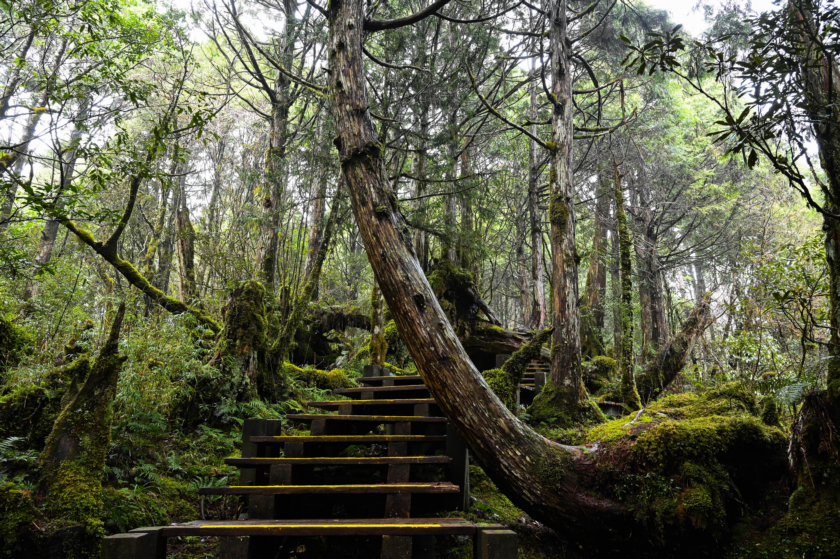
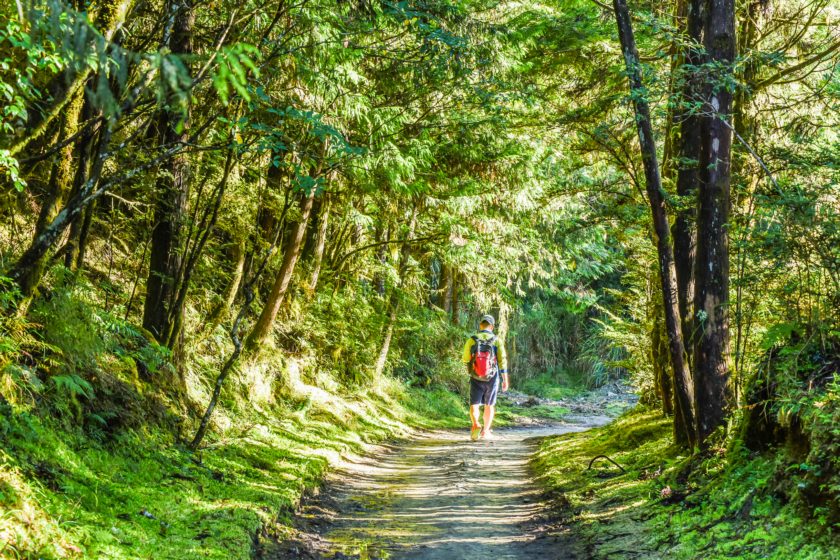
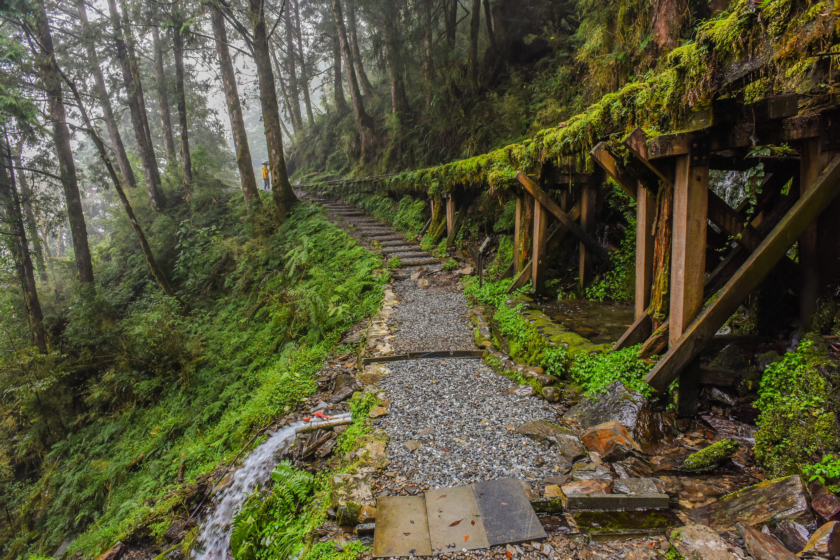
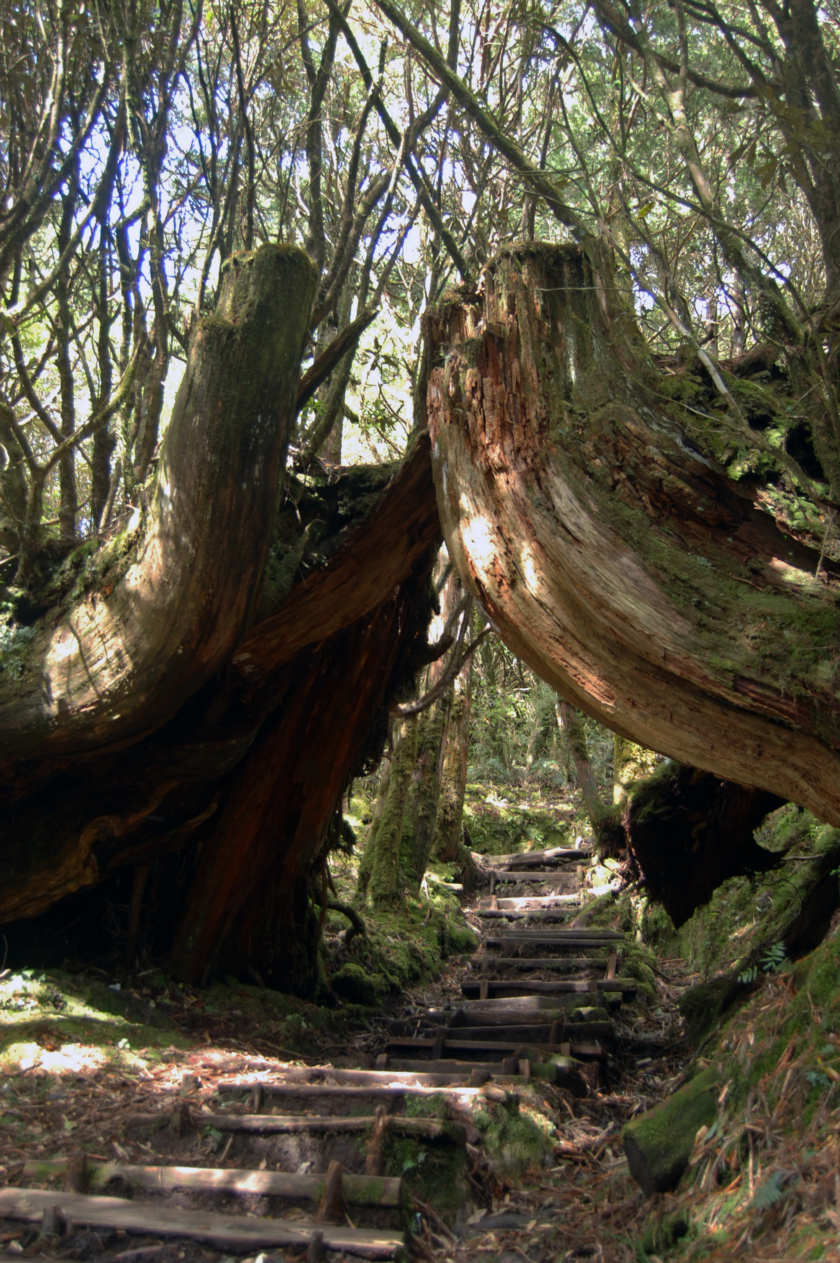
In just over 20 years, the forestry center of Taipingshan shifted to higher altitudes. Apart from the locations of Tudichang and Jiuzhizao and the old pathways, everything else is newly developed. This includes the winding Maohsing Line, praised as “Taiwan’s most historically valuable station.”
The railcars are designed in an open style with a yellow ochre color. Due to the uneven tracks, they emit a “bouncing” sound while running, hence called “bouncing cars.” The entire journey covers only 10 kilometers at a slow pace, allowing passengers to enjoy the picturesque mountain scenery. In the morning, facing east, the vibrant clouds and mountain views create a stunning painting, while during overcast times, white waves surge and obscure the mountainside, making Taipingshan Resort appear like Shangri-La. Passing through the Bare Bridge resembles the excitement of the Swiss Glacier Express crossing the Landwasser Viaduct, adding to the charm.
The endpoint is the foggy forest zone at an altitude of 1800 to 2500 meters, where man-made cedar forests and towering ancient cypress trees reach into the clouds. Sunlight flickers among the trees, nurturing a unique ecosystem with 20 families and 79 species of ferns. Walking on the lush green carpet, one might encounter giant tree hollows or the remains of three generations of ancient trees, creating a magical and realistic scene reminiscent of a movie set, portraying the beauty and melancholy of the last century.
Near the platform, there’s also an aerial corridor that cuts through the misty cedar forest, offering glimpses of the surrounding mountains. Occasionally, the mountain breeze sweeps away the drifting clouds and mist, bringing a sense of clarity and openness to the mind.
